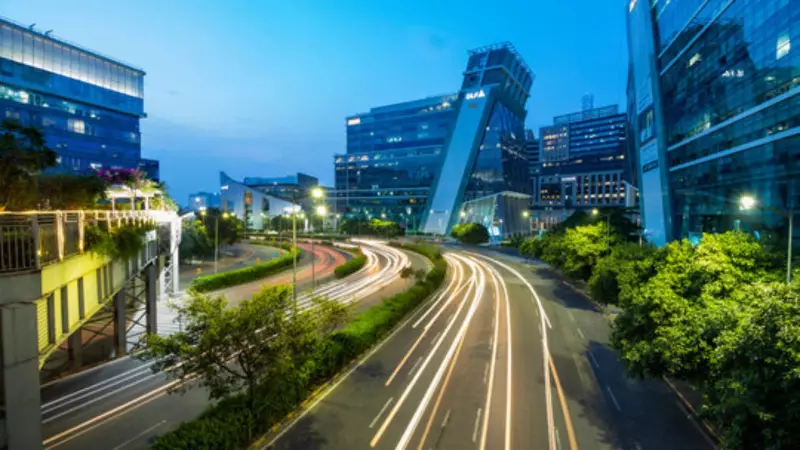
Living in major Indian cities like Gurgaon and Mumbai now comes with international price tags but without matching infrastructure, creating a growing disconnect between official inflation data and ground reality, according to a viral analysis by investment banker Sarthak Ahuja.
The Great Indian Cost Paradox
In a recent LinkedIn post that sparked widespread discussion, Ahuja presented a compelling argument: India's Consumer Price Index inflation for October 2025 sits at just 0.25%, potentially an all-time low, yet urban residents face expenses comparable to global hubs like San Francisco, Hong Kong, Dubai, and Switzerland.
Ahuja noted that friends visiting from these international cities frequently express shock at Gurgaon's rising prices. "Whenever they visit India, they end up spending the same amount eating out, ordering in, or visiting salons," he revealed in his post.
Why Official Numbers Don't Tell the Full Story
The investment banker explained this discrepancy by pointing to how national inflation indicators are calculated. These figures are heavily influenced by subsidies and rural consumption patterns, making them poor indicators of urban living costs.
Several factors contribute to this statistical gap:
- Approximately 79 crore Indians receive subsidized food grains
- Over half of students attend free government schools
- About 86% of households live without paying rent
These elements combine to create an official inflation number that appears much gentler than what city residents actually experience in their daily lives.
The Real Urban Inflation Bite
In metropolitan areas, the cost increases are substantially different from national averages. Private school fees have jumped 10-20% in just one year and a massive 169% over the past decade, placing enormous pressure on families.
Other significant expenses contributing to the urban cost squeeze include:
- Quick-commerce apps that quietly push grocery bills up by more than 20% through convenience charges
- Consistently climbing medical expenses at private hospitals
- A wave of premium products, restaurants, and housing targeting wealthy consumers
Ahuja emphasized that living in cities like Gurgaon or Mumbai now means dealing with "international costs, and deplorable infrastructure and air to breathe." This combination explains why non-resident Indians returning home often experience serious sticker shock.
The Aspiration Inflation Factor
Beyond measurable expenses, social and cultural factors play a crucial role in the perceived cost crunch. Many city dwellers feel compelled to maintain certain lifestyle standards, particularly in an era where social media amplifies consumption patterns.
The most striking revelation from Ahuja's analysis: Even with an annual package of Rs 70 lakh in a metro city, the quality of life and sense of comfort still "feel middle class" for many professionals.
The post resonated strongly with netizens, drawing numerous comments that validated Ahuja's observations. One user perfectly captured the sentiment: "Perhaps the true inflation we're battling is not just in numbers, but in aspirations elevated far beyond the essentials."
Another commenter with international experience noted: "Having lived in Europe and now in Gurgaon, I can say the spending feels almost identical, except here, you get global prices without global infrastructure."
A third person highlighted the silent impact on savings: "The official numbers don't match the real experience of urban Indians – lifestyle inflation is eating away savings quietly."
This viral discussion underscores a growing concern among India's urban professionals: the gap between statistical economic indicators and their lived financial reality continues to widen, creating a scenario where even high incomes struggle to deliver the quality of life they theoretically should afford.





